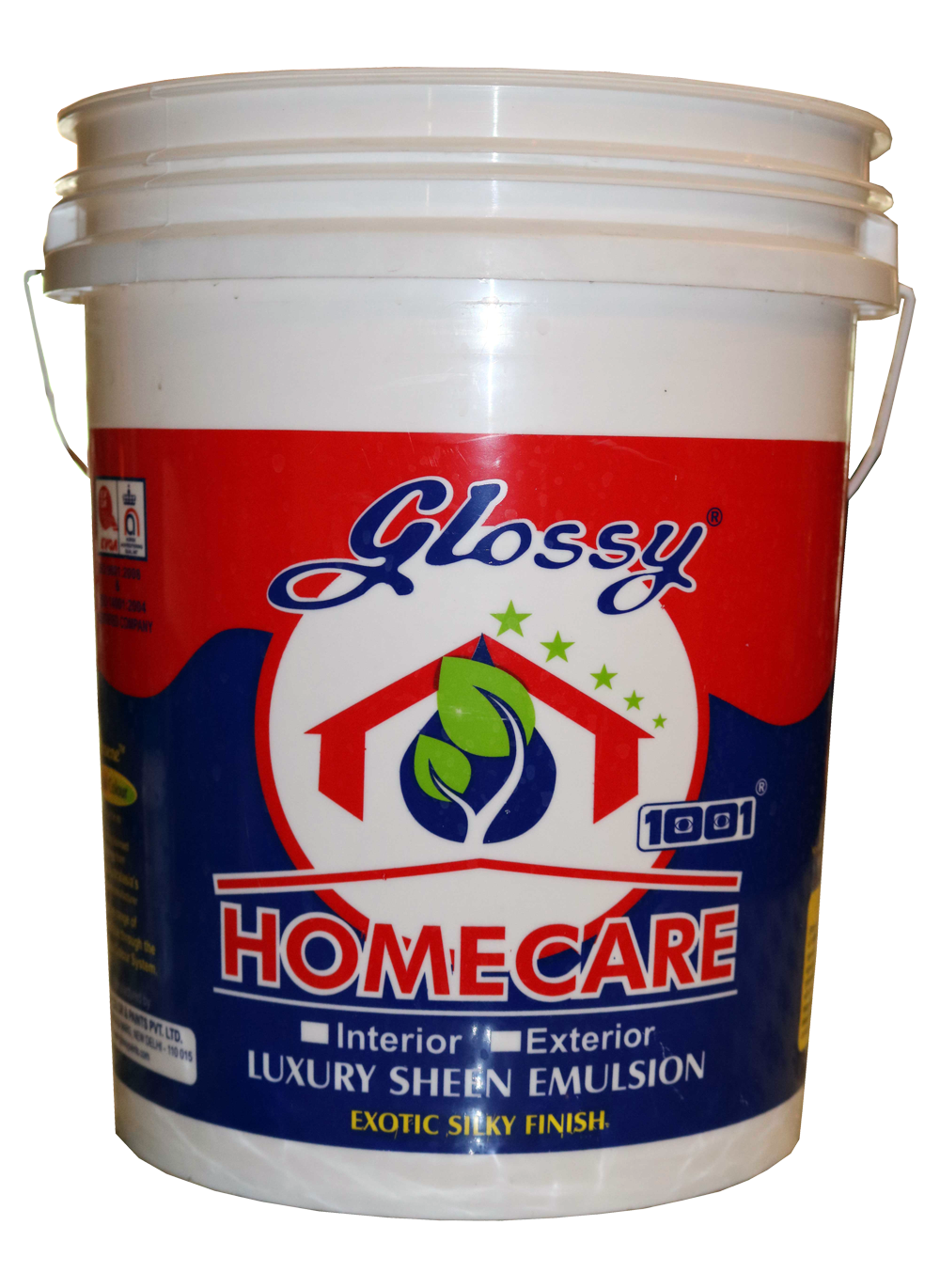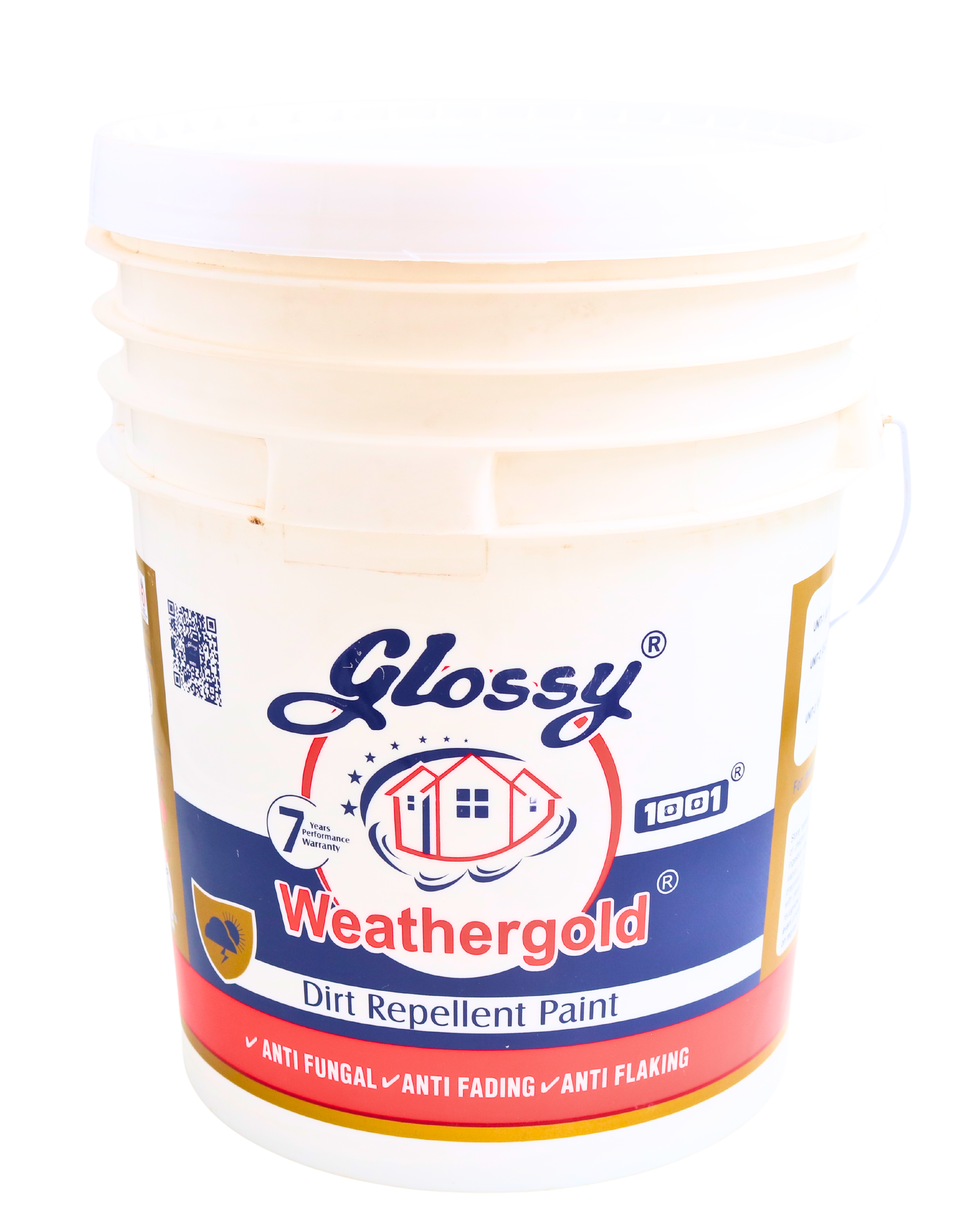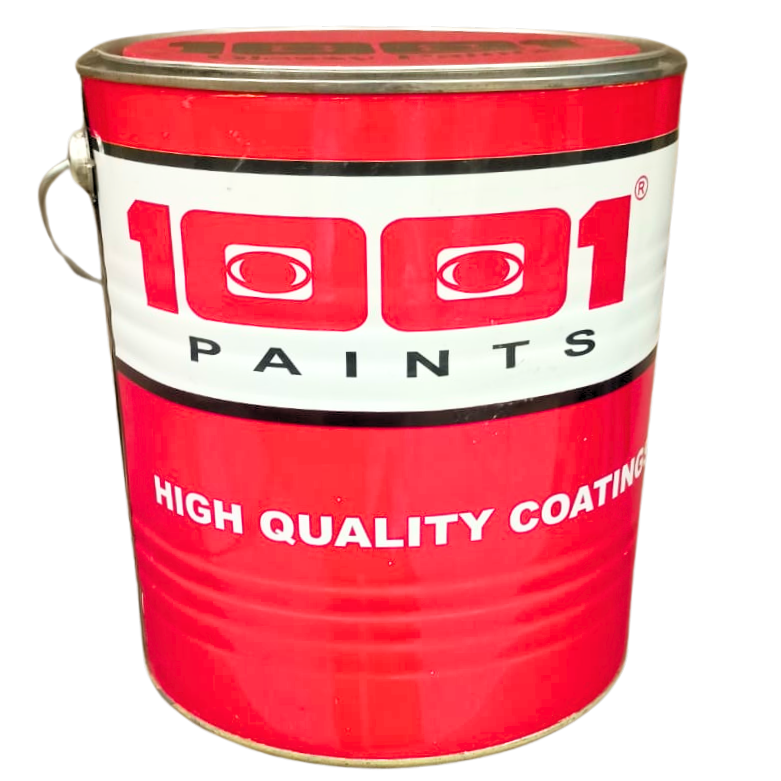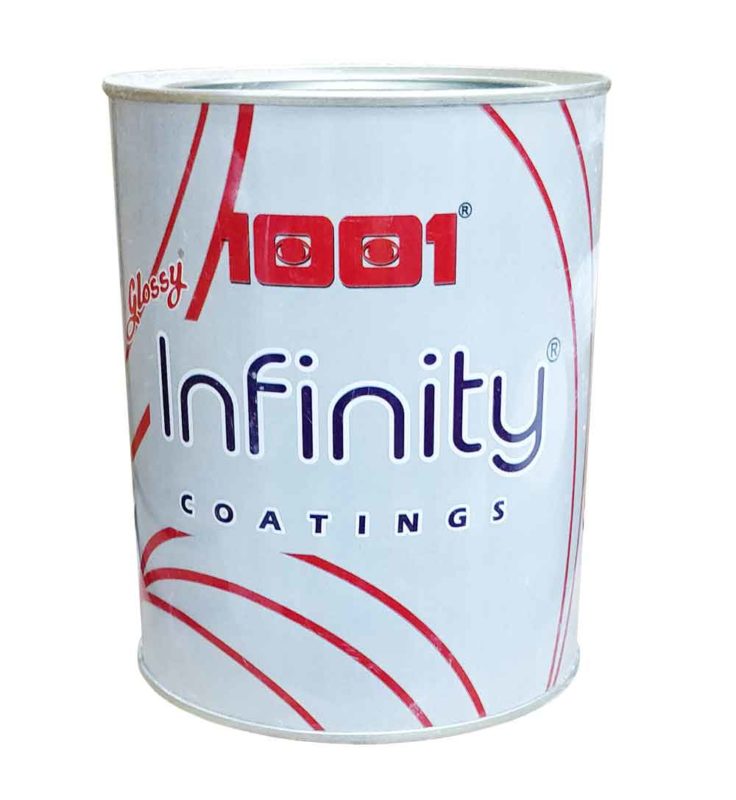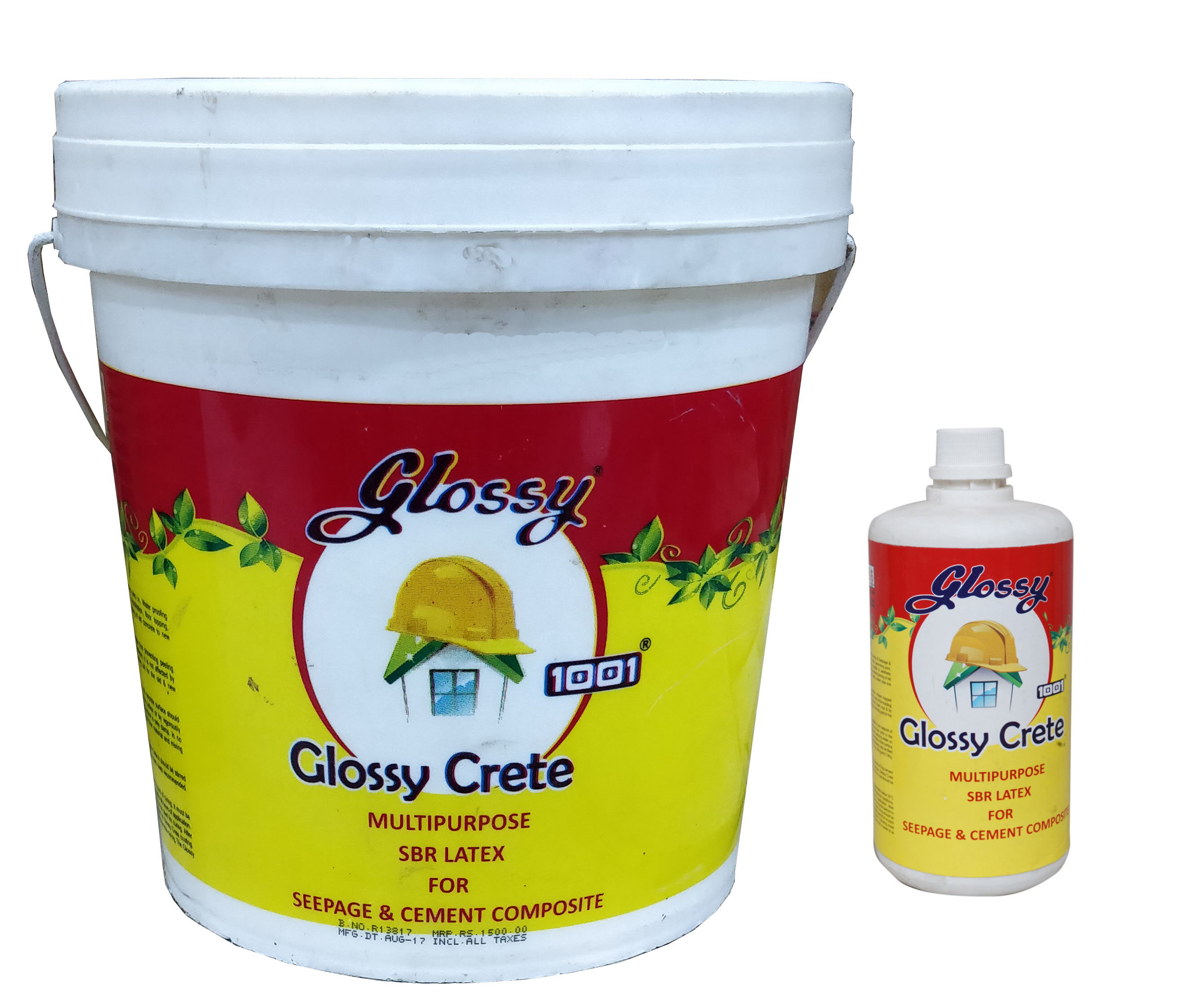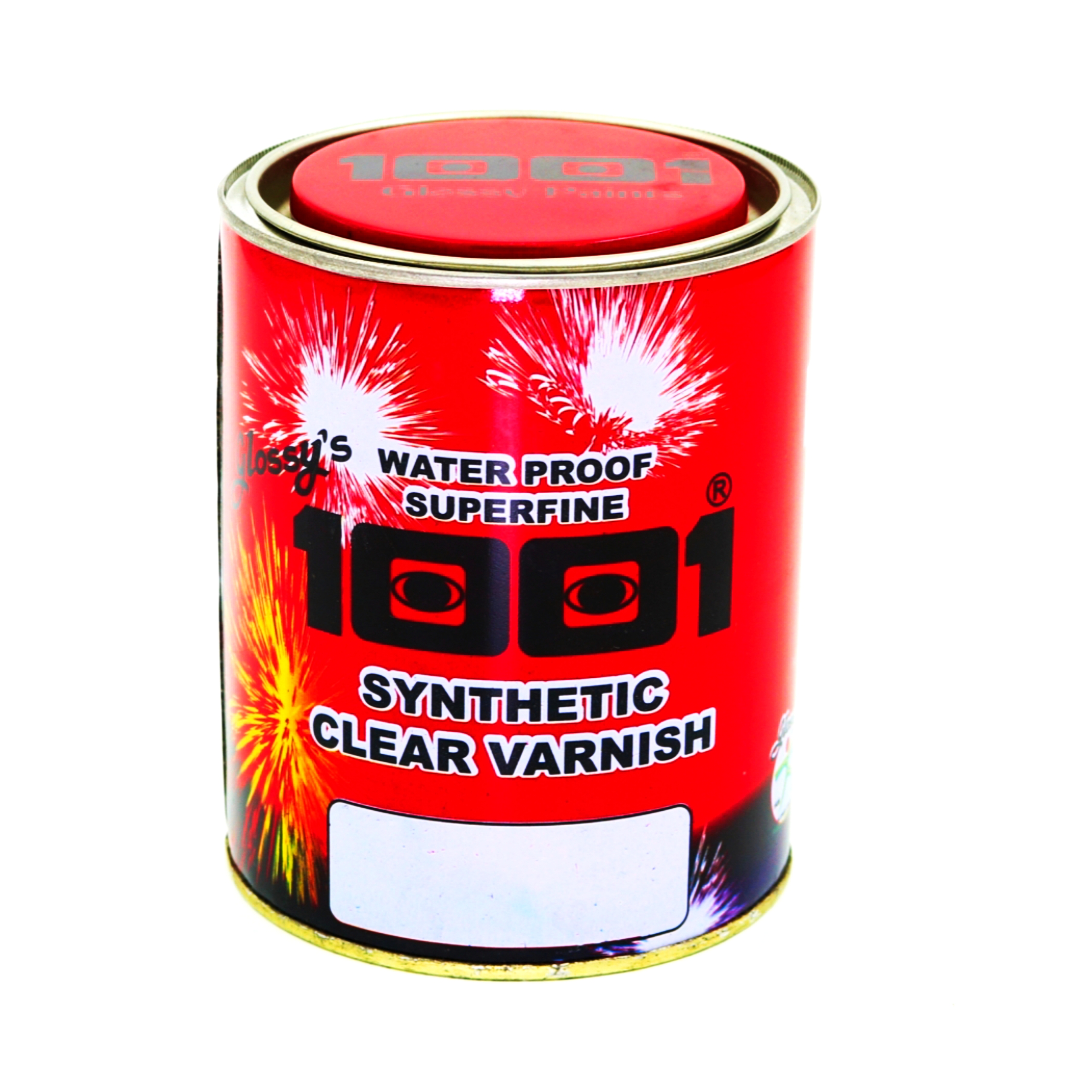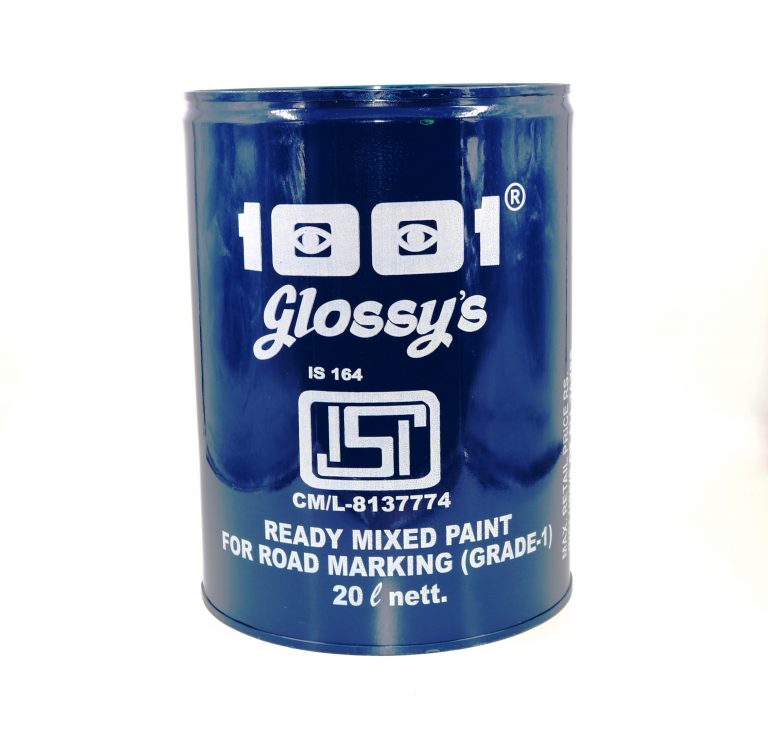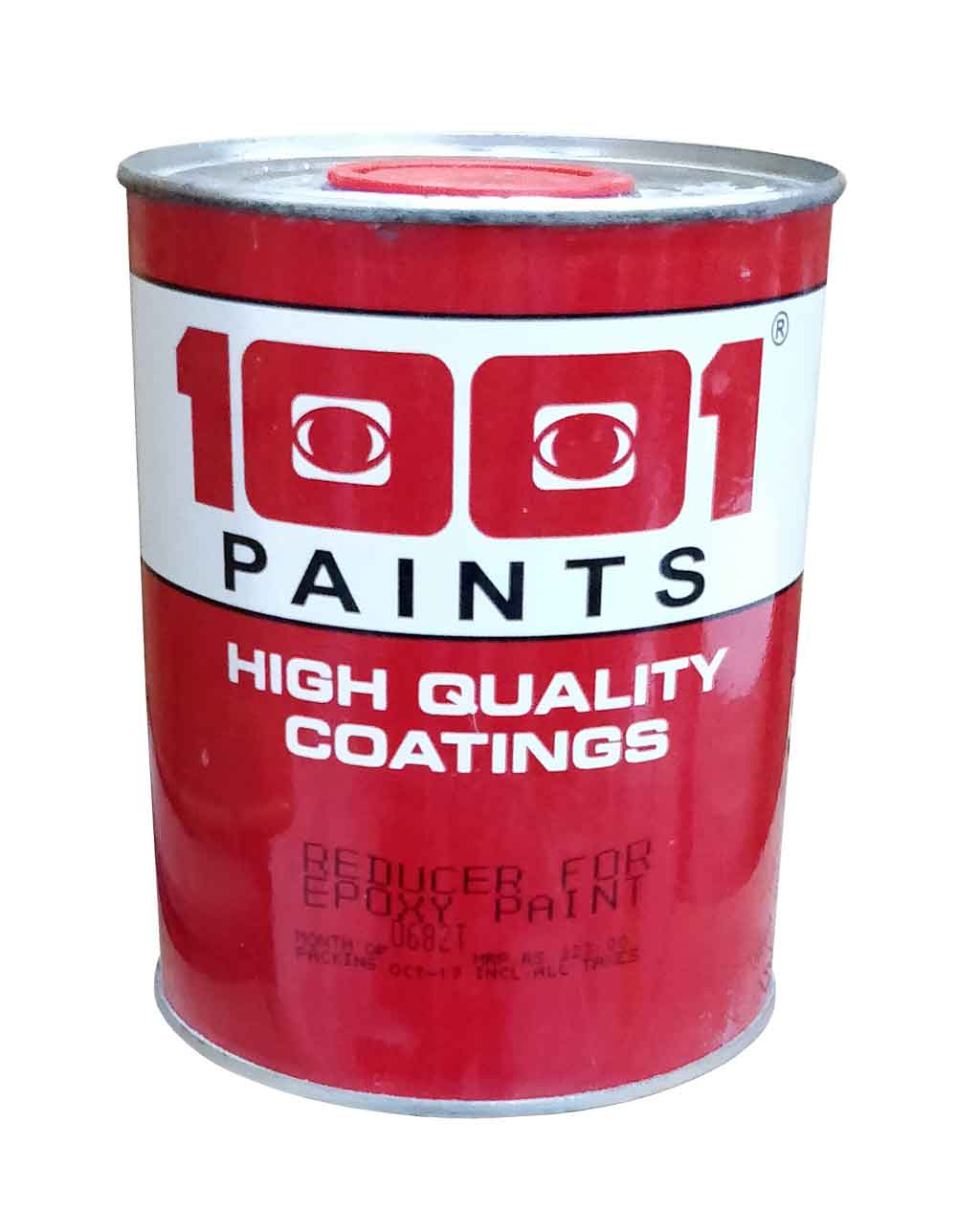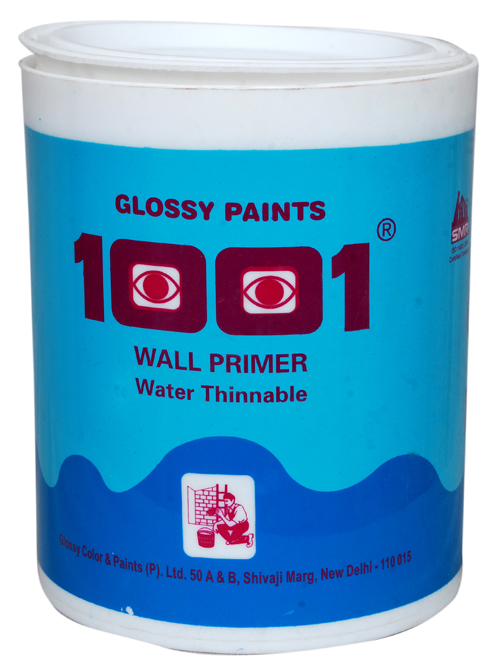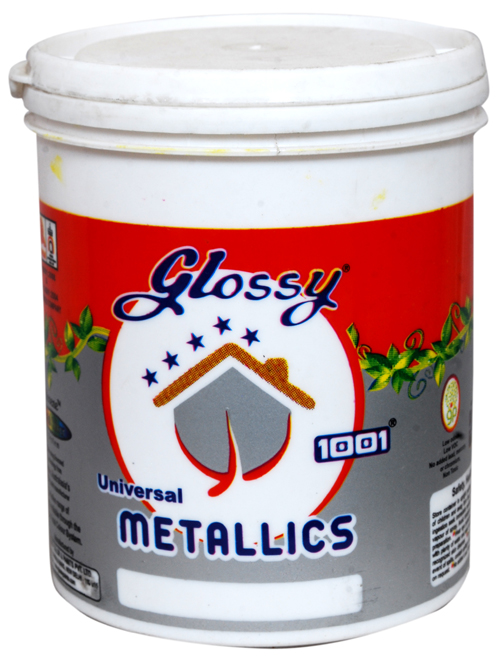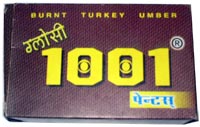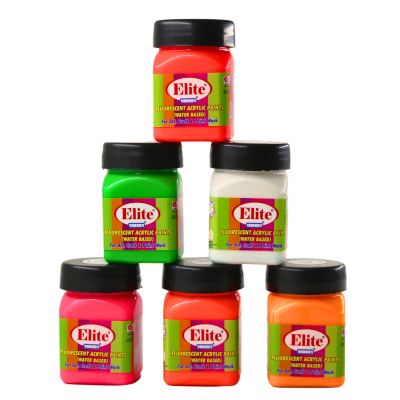GENERAL GUIDELINES FOR STORAGE OF SOLVENT BASED PAINTS, HARDENERS AND REDUCERS
(A) Marking And Labelling of Storage Locations
The area to store paint should be demarcated properly. To warn workers about the potential risks associated with paints used in the workplace, storage cabinets must be labelled properly as follows-
“Paint is flammable. Keep away from smoke, sparking and fire.”
If paint is lying in an open area in the store, use floor marking paint to line the floor to designate the area. Store hardener, thinner and paint separately. Do not stack any material.
You cannot store any quantity of paint in commonly used areas such as staircases and corridors, or important areas such as entrances, evacuation routes or exits.
Suitable fire extinguishers should be provided at all storage locations. Paint storage should be isolated from the spray booths.
(B) Preventing Accumulation Of Flammable Vapours
To reduce the risk of fires, paints, hardeners and reducers must be stored in well-ventilated areas that are not congested. To prevent the accumulation of flammable vapours you must adhere to the following requirements.
The temperature should be maintained between 25°C and 35°C. Forced air ventilation should be provided in all paint spray booths to prevent the accumulation of flammable and potentially harmful vapours. Booths should have an exhaust system. Personnel should always spray paint towards the exhaust portal to minimise the accumulation of harmful mists in the booth. Spray guns should never be pointed toward other personnel.
(C) Spillage Control
Spillage of paint increases the risk of environmental pollution. When containers are not-in-use on the shop floor, they should be sealed properly. Paint containers should be opened only during application. Do not leave open containers unattended.
(D) Control Of Potential Ignition Source
Ensure that all paint containers are properly sealed before they are stored and when not in use. Even after taking safety precautions, all possible ignition sources must be kept away from paints, hardeners and especially reducers. Ignition sources include:
- Naked flames
- Welding and grinding sparks
- Smoking
- Hot surfaces
- Static electricity
- Sparking
(E) Using Spray Booths:
Spray booths can be used in paint shops to localise fire hazards. Booths and air ducts should be cleaned every 15 days, either manually or chemically to remove residue. The residue should be buried in digged out earth and covered fully.
Paint containers must be opened at spray booths only. Do not open the containers when temperature is above 45°C. Do not leave open containers unattended.
Maximum precautions are required while painting is in process. No welding or smoking is allowed on the shop floor.
Suitable fire extinguishers must be provided at the shop floor. There should be easy access to fire extinguishers from the booths. Training should be held for all personnel using and handling paint or paint containers regarding risks associated with mishandling of paint and how to use fire extinguishers.
A fire drill can be held bi-annually for painting personnel. Overhead sprinkler systems should be installed in permanent paint shops as a precaution.
(F) Supervising Use of Pressure Equipment: The use of compressed air for spraying operations should be closely supervised. The following precautions must be observed-
- The pressure gauge should be placed between the reducing regulator and the paint container.
- All equipment should be inspected before use. Particular attention should be given to pressure reducing regulators to make certain they are functioning properly.
- Spray equipment should be thoroughly cleaned at the end of each use.
- Steps should be taken to prevent paint from drying on pressure valves.
- Pressure gauges should be closely observed for positive indication that the regulator is working properly.
(G) Taking Care of Personal Health: The following are basic rules for taking care of personal health:
- To avoid ingesting paint, shop personnel should wash their hands and faces thoroughly before eating and wear respirators when spray painting.
- Food should not be brought into or eaten in paint shops.

